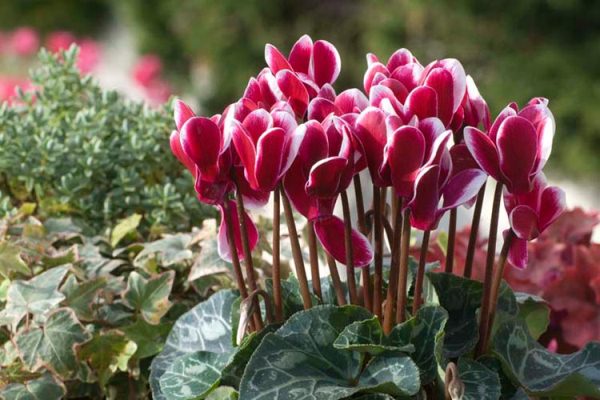
Ngoc Tram, more commonly referred to as Evening Primrose, is a type of wildflower that thrives in moderate climates. It boasts a tubular sepal and five gorgeous saffron-hued petals. These flowers typically bloom during the spring season, serving as a visual cue that winter’s chill has passed and summer’s warmth is on the horizon.

Anh Thao, a Vietnamese name, is also referred to as Ngoc Tram flower. However, in English, it is known as Primrose or Cowslip. The French name for this flower is Primevère while in Latin, it goes by the name Primula.
This charming flower symbolizes the phrase “I can’t live without you,” representing early youth, first love, and the beauty of youthfulness. The Primrose flower is perfectly aligned with spring, as it shares an intimate relationship with the season, much like two lovers.
In summary, the Primrose flower is a beautiful reminder of young love intertwined with the irresistible charm of spring’s floral beauty.
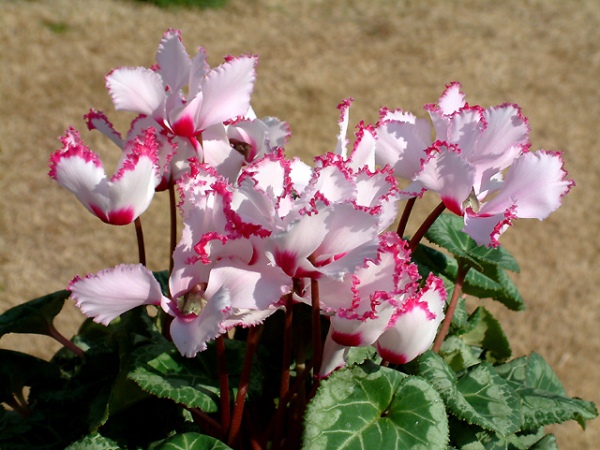
The Evening Primrose is a unique flower that only blooms at night. It waits for the moon to rise before it opens its buds and faces towards the silver light. In the quiet of the night, the petals emit a soft, glowing light, which represents a silent love according to Late Anh Thao. On the other hand, the Spring Primrose signals the arrival of spring after the cold winds and frost have passed but before the warm summer days arrive. It’s a symbol of youthful beauty and charm, representing the transition between childhood and womanhood. Its name comes from the Latin word Prima Rosa, which means the first flower of the season. However, some also believe that the Evening Primrose flower signifies instability, impatience, lack of confidence, or change. Shakespeare saw the Jade Tram flowers as a symbol of sadness, comparing them to young girls who died in their youth in one of his poems.
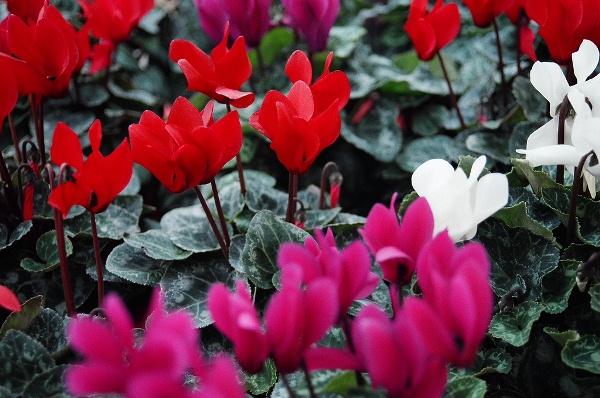
Before the 17th century, the spring Primrose only existed in yellow color. However, English gardeners developed it into various colors such as dark red, light red, bright red, and light yellow. The Romans named the Evening Primrose “tuber terrae” because its roots resemble white radishes. Since the 17th century, the Evening Primrose has been utilized to make ointment from fresh tubers that are applied to the skin to prevent pitted scars after smallpox. In addition to this, the roots of this plant are also ground into powder for making cakes, enhancing health, increasing sexual performance, or serving as livestock food. People also soak Evening Primrose in wine to make Cowslip wine. Moreover, Evening Primrose porridge is cooked from flower powder, honey, almond milk, saffron, rice, and ginger powder, which is highly nutritious. Lastly, Evening Primrose leaves can be eaten raw or brewed into tea.

In the era of Queen Victoria, the Ngoc Tram flower gained immense popularity and was particularly adored by Prime Minister Reali. To show her admiration, the Queen of England frequently presented him with bouquets of Jade Brooches plucked from the royal garden. Upon his demise, the queen paid her respects and offered condolences by sending a grand wreath of jade brooches as a tribute to the late Prime Minister.
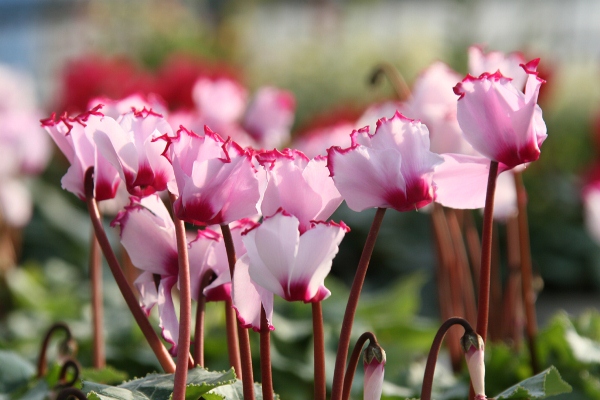
Florists prefer l’Auricula, also known as the Bear’s Ears, among the different types of Primrose. During the 18th century, flower fairs were held in the spring and botanists admired this particular flower variety.

During the 1800s in Bristol, there was an annual flower fair dedicated solely to the beloved Primrose.
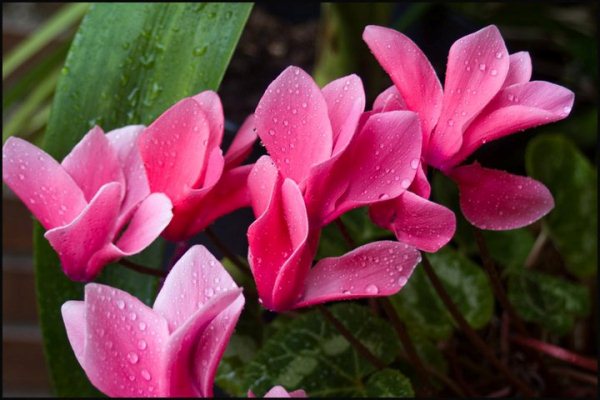
Legend has it that Saint Pierre once got upset when souls attempted to enter Heaven’s gate, causing him to accidentally drop the key to Earth. Thankfully, Primrose flowers were growing nearby and managed to keep the key safe. This popular tale has earned these flowers the nickname of “The Little Keys of Heaven!”




